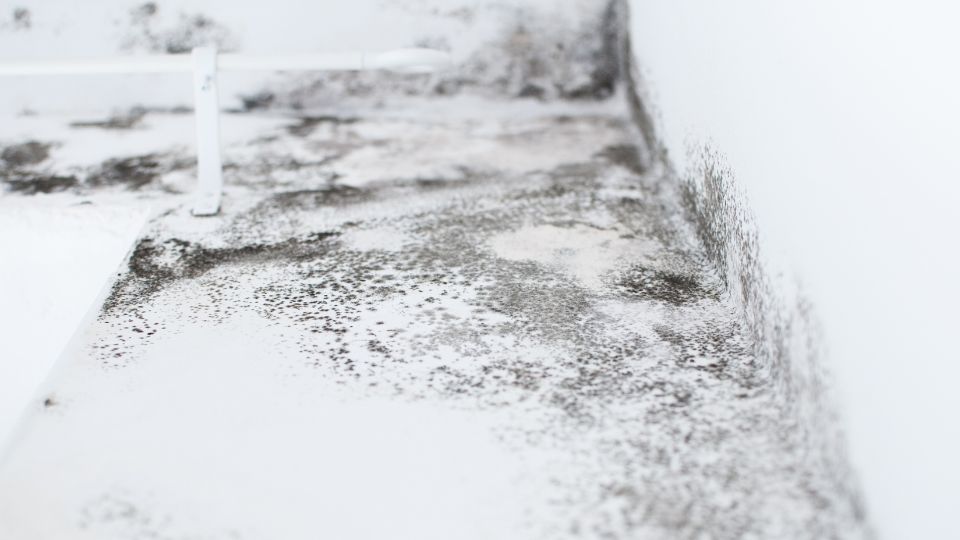Mold is a fungus that grows almost anywhere there is moisture and organic material. In some cases, mold can grow on concrete. While it is not as common as mold growth on other materials such as wood, carpet, or drywall, it can still happen.
Mold growth happens faster in the presence of moisture, which can come from a flood, leaky roof or pipes, or other forms of water intrusion.
Read more: How Long Does It Take for Mold To Grow?
If you are concerned that your concrete may be infected with mold, there are several steps you can take to investigate and remove the problem. We will discuss what mold is, how it grows on concrete, and some steps you can take to remove it.
Why Does Mold Grow on Concrete: Reasons
Mold growth on concrete is a common issue that can cause damage to the building structure and pose health risks for those living in or near the affected area. It is essential to understand what causes mold growth on concrete and how to prevent it from occurring to protect your home or business from potential harm.
1) High Levels of Moisture
One of the most common reasons mold grows on concrete is its high moisture content. Concrete is porous, meaning water can easily seep into it, creating an ideal mold growth environment.
2) Poor Ventilation
Poor ventilation in areas with concrete can also cause mold growth. Poor ventilation can trap moisture and cause the temperature in an area to rise, creating a breeding ground for mold.
3) Leaking Pipes or Drains
Leaky pipes or drains can cause water damage on concrete that leads to mold growth. If left unchecked, this water damage will only worsen with time, increasing the likelihood of mold appearing.
4) Improperly Sealed Concrete
Concrete needs to be adequately sealed to prevent water from seeping into it. If the sealant applied is not of high quality, or if the concrete was not correctly prepped before sealing, water can easily penetrate and cause mold growth.
Tips To Prevent Mold Growth on Concrete
Mold growth on concrete surfaces is a common problem in many households. Fortunately, there are several steps you can take to prevent its occurrence.
1) Better Ventilation
Ventilation helps keep indoor moisture levels low and prevent mold growth on concrete. Ensure your home has open windows or exhaust fans to circulate air and reduce humidity.
2) Install Dehumidifiers
Dehumidifiers extract water molecules from the air, reducing moisture content and preventing mold growth on concrete surfaces. Consider investing in a dehumidifier if you live in a damp climate.
3) Clean Regularly
Regular cleaning helps eliminate accumulated dirt and debris, which can attract mold growth. Use mild detergents to clean concrete surfaces and dry them thoroughly after washing. Drying ensures no residual moisture remains, making it harder for mold to thrive.
4) Seal Concrete Surfaces
Sealing off concrete surfaces can help prevent moisture infiltration caused by rain and condensation. Apply a waterproof sealant to concrete surfaces to make them more resistant to mold growth.
Call Mold-B-Gone for the best mold removal service in Atlanta. We are experts in mold removal and remediation on concrete surfaces. We use specialized tools and cleaning agents to penetrate deep into the concrete’s pores and remove mold or mildew.

